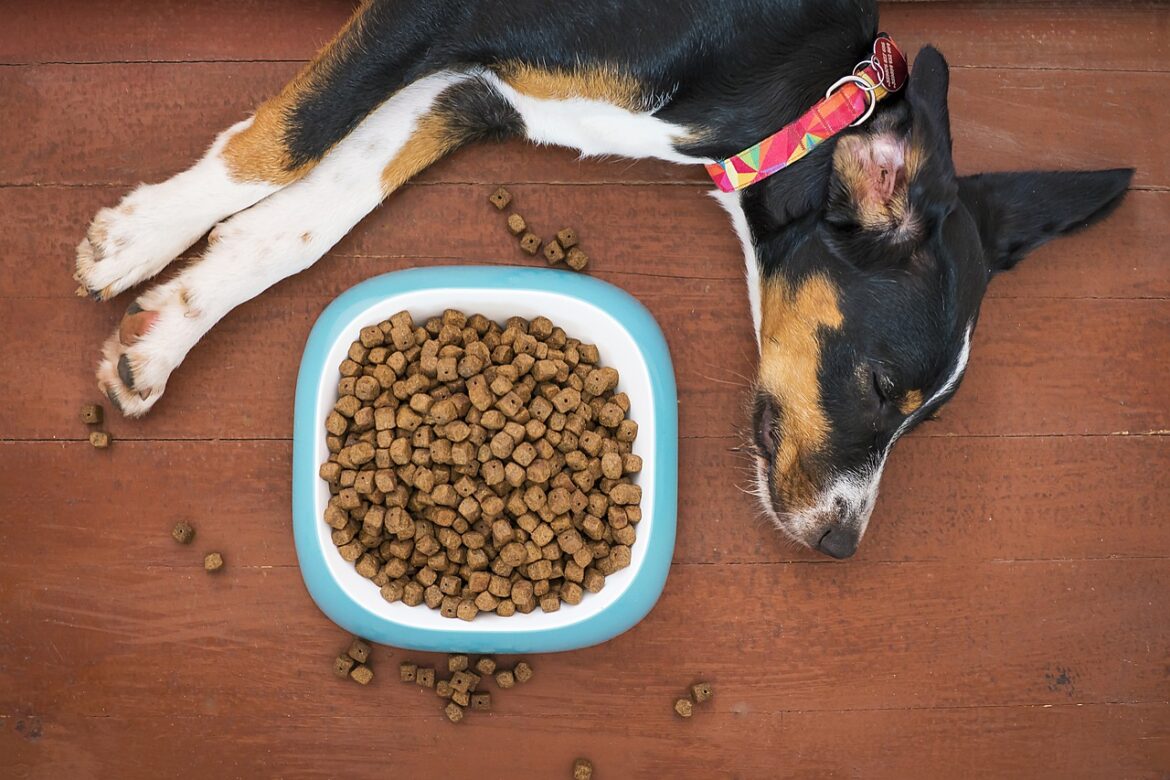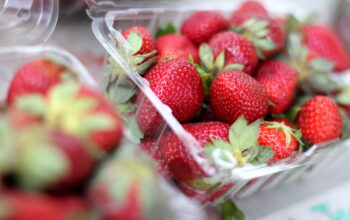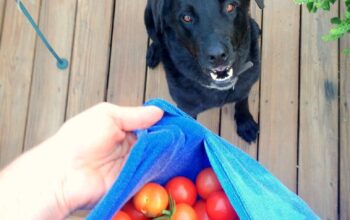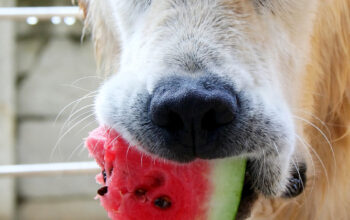Although there is no single product that every dog will best need and the amount of food varies by activity level, brand, age and weight of each dog, there are rules, guidelines and responsibility for feeding our dogs.
Free-feeding (food is always in their bowl and available to them) is probably one of the most common and dangerous mistakes a pet owner can make. Besides being a very important leadership mistake, free feeding can quickly add a lot of harmful weight to a dog and cause more problems down the road. It is recommended that you control the food in your house. You decide and regulate the amount of food your dog eats and when they eat it.
Feed your dog a high-quality food. Many cheap dog food contain a large percentage of fillers, such as corn. Only a very small quantity of corn and other fillers are actually digested by your dog; the rest is simply passed out in the form of solid waste. Smaller amounts of high-quality food can be fed your dog because more of the nutrients and other ingredients are digested resulting in less waste.
- Do not over-feed your dog. Most dog food bags typically recommend a suggested amount of food on the back based on the age and weight of your dog. Please remember the source of this information – the breed feed manufacturer! Often, dog food companies will recommend feeding your dog large amounts of food in hopes to sell more of their product, and in many cases a lot of food is un-digestible fillers.
- Food can be used as motivation If you are integrating food into your training sessions, feel free to use some of their snacks. Kibble is much more nutrient dense and contains far less calories than decadent treats that owners often feed their dogs. Take this amount from their daily intake when they use kibble in training. In other words, if your dog eats 1 cup of food at night, use 1/4 cup for training and feed the rest 1/3 cup as their meal.
- Be consistent in your food consumption. Try to feed your dog at the same time of the day, at the same place as possible. Consistent feedings will help young dogs with potty training and get them into routines. Then again, as your schedule varies, your dog will adapt. Don’t also change brand names or flavors all the time. When introducing a new flavour or brand, the new food should be mixed with the old in the correct proportions over the course of a few days or weeks.
Be not confused with food with love. Take them for a walk, play frog or groom them: these are better ways to show your dog that you love them rather than stuffing them with food and treats. The money given to your dog will not get them to love you again.



